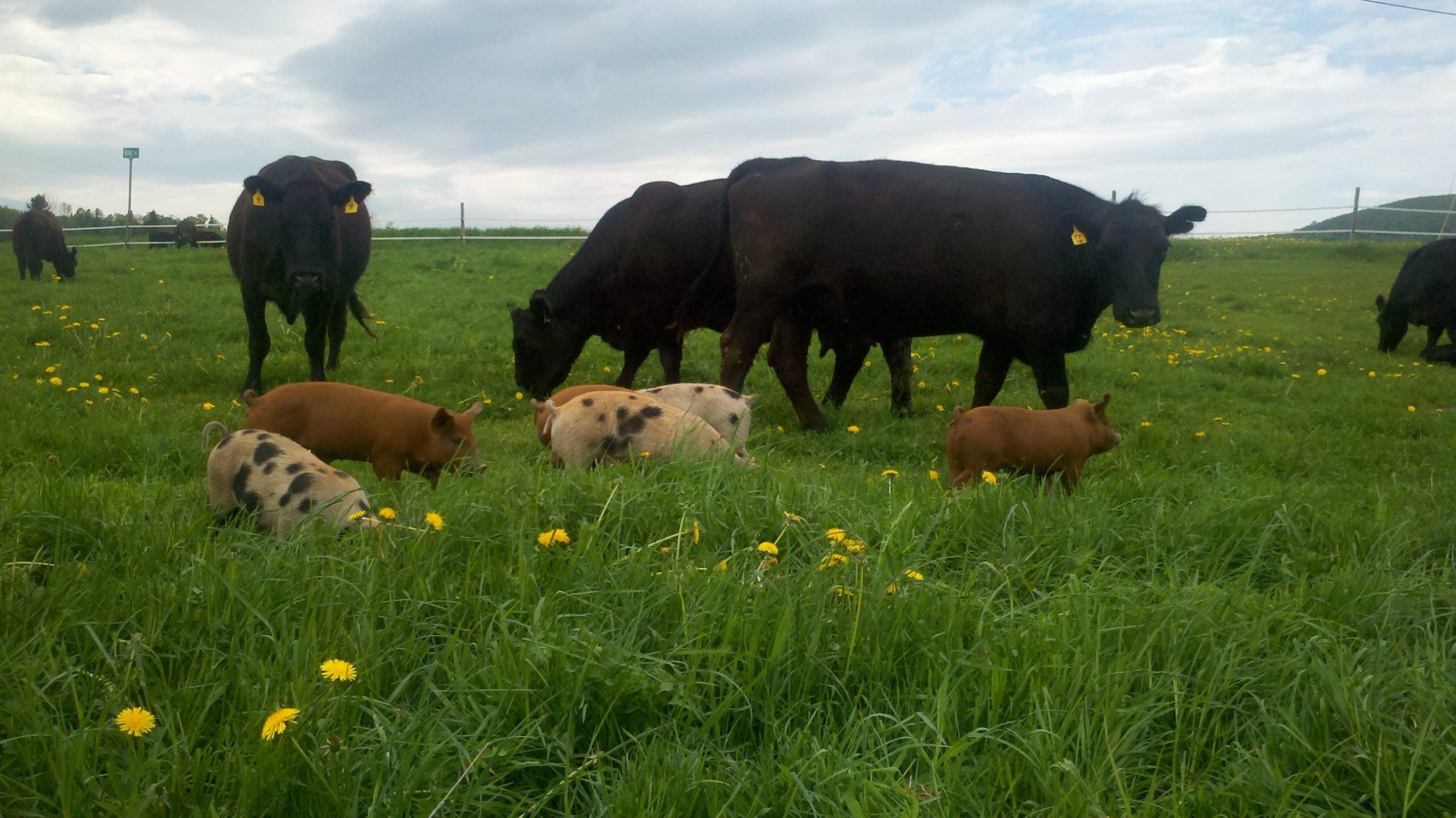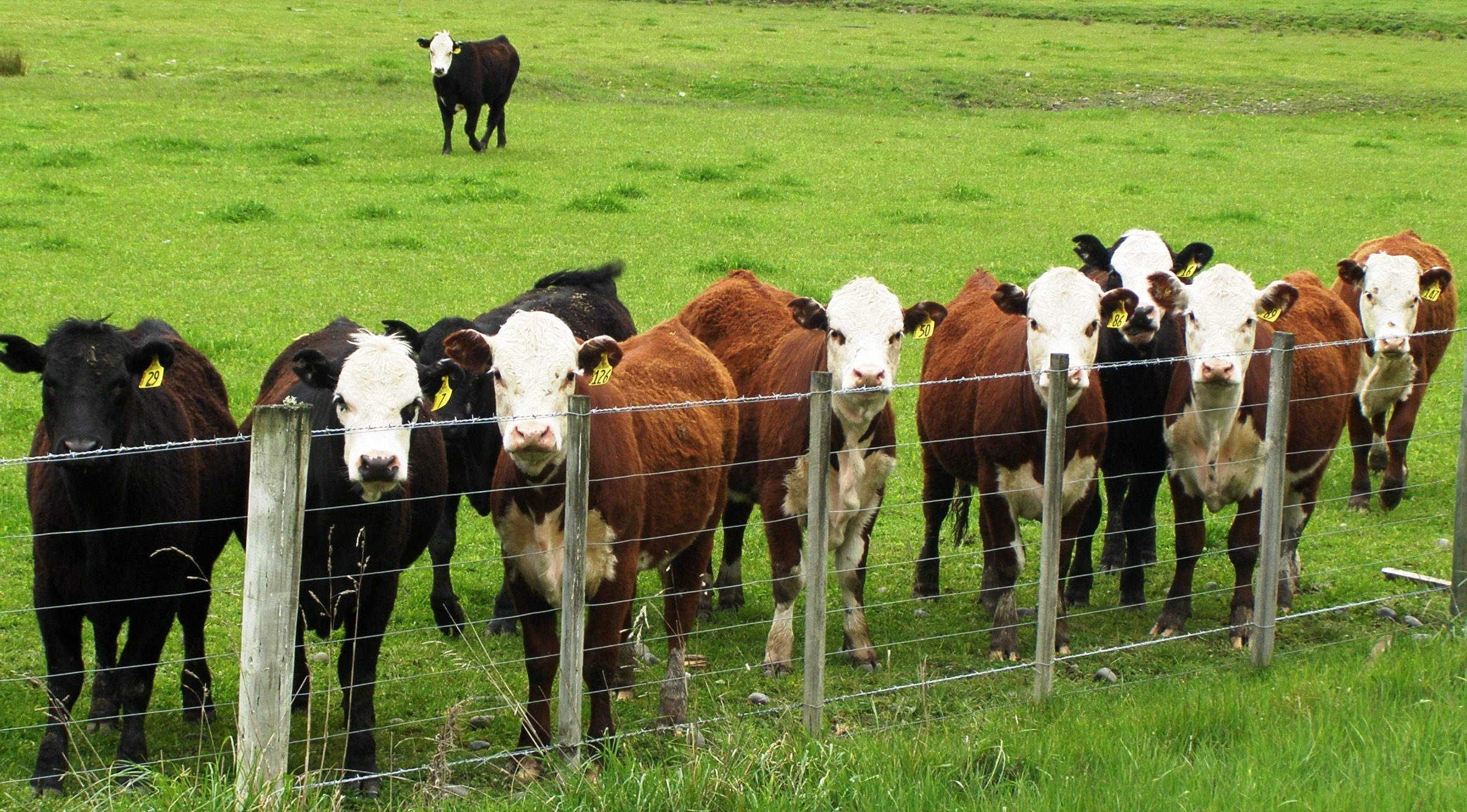There are three markets in the meat futures sector with enough volume and liquidity to attract both hedging and speculative activity. These are the lean hog futures along with the feeder and live cattle markets. The live cattle market is best thought of as cattle on the farm while feeders are the cattle that have made the journey from the farm to the feedlot for fattening prior to slaughter. We've written extensively on the broad nature of global supply and demand fundamentals within these markets and included links to our previous research at the end. This week, however, these three markets appear to be setting up for a classic trading opportunity.
First, we'll begin with the common seasonality of these markets. The following seasonal charts are provided by Moore Research. The point to be made here is the common March - April bottom.



Now, I want to move on to the long-term charts of these markets overlaid with their growing commercial trader positions. It is clear that end line users like packers and feedlots are locking in their forward production needs ahead of their usual seasonal lows as mentioned in the previous captions.



Looking at the charts above, it's easy to see the consistent effect of commercial buying in the meat futures markets. Now, let's move to the individual short-term charts and look at the actual setups for these trades.

Here's what needs to happen to setup the official buy signals in these markets. First of all and most importantly, we've determined that the commercial long hedgers are anxious buyers at these prices and we want to be on their side. We can see this both quantitatively in the number of contracts they've purchased as well as qualitatively through the commercial traders' momentum within these markets. However, in order to set the trigger for the trade, short-term market momentum needs to fall below the oversold threshold on our proprietary short-term market momentum indicator. The signal will then trigger once these markets bounce and the short-term market momentum indicator climbs back above our oversold threshold.

The real question on everyone's mind is, "Will the market sell off far enough to let me buy in?" Typically, the way these things work is that we will get one more decline in prices. This is usually accompanied by a brief spike in open interest as new shorts come to market and those of us ahead of the market, like the commercial traders, patiently place low bids waiting to get hit. I will add however, that due to the dramatic rise in the commercial trader net long position across the hog and cattle futures markets, that there's a good argument to be made that the spring lows have already been made.

The screening process we use prohibits us from catching every trade as ours is a mean reversion, swing trading methodology. The idea is that these markets have been oversold on a valuation basis by the market players, the commercial traders, who determine value to begin with. The intention of this strategy is to capture the most Dollars per day as quickly as possible in the market as the small traders are washed out and the market races back to its previous trading levels. The speed of these moves can be easily seen in the live cattle futures chart above.
Finally, you can see the mechanical version of this program already combined in, Meats Sample Portfolio.





